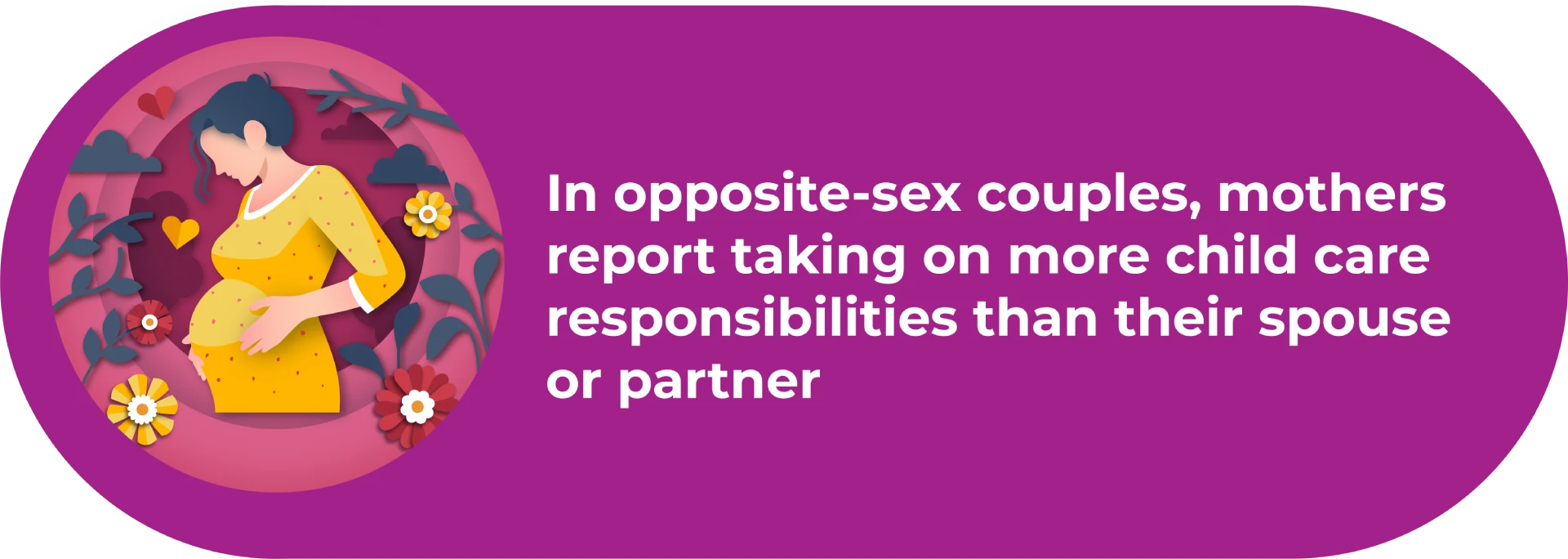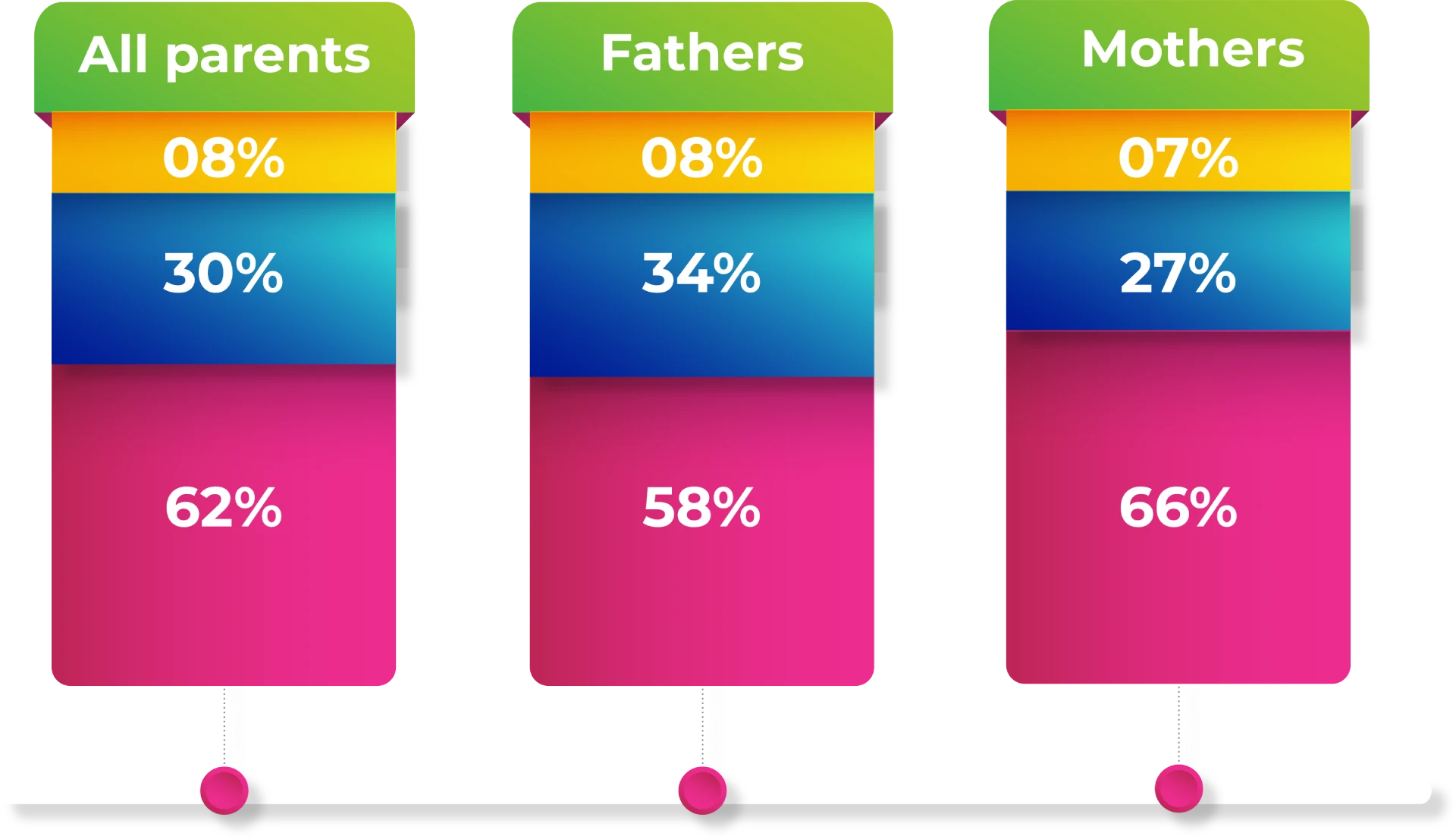Mothers in America: A Statistical Look
22-May-2023
The role of mothers in the United States has changed significantly over the past few decades. In the past, it was more common for women to stay home with their children after they were born. However, today, more and more women are attending college, delaying motherhood, and working outside the home. This shift has led to several changes in how mothers balance work and family life.
Even though fathers are now more involved in childcare than they were in the past, mothers still take on most of the burden. This can be especially difficult when mothers are also working full-time jobs.

The average age of mothers at first birth in the United States has increased. This increase is consistent across racial and ethnic groups, but there are some differences. Black and Hispanic mothers are on average younger at first birth than White and Asian mothers. American Indian or Alaska Native mothers are the youngest at first birth, on average.



The average number of children that women have in the United States has declined over time. In the late 1970s, women had an average of more than three children in their lifetime. In 2020, the average number of children had declined to about two. This decline is largely due to women having children later in life and to more women choosing to have no children at all.
Women with more education are more likely to have fewer children. For example, women with a bachelor’s degree have an average of 1.75 children, while women without a high school diploma have an average of 2.99 children.

The survey shows that mothers spend more time with their children than fathers do, especially when their children are young. Mothers with children under 6 spend an average of 7.5 hours per day on child care, while fathers spend 5.3 hours. Mothers with children ages 6 to 12 spend an average of 5.7 hours per day on child care, while fathers spend 4.2 hours. Mothers with teens ages 13 to 17 spend an average of 3.8 hours per day on child care, while fathers spend 3 hours.



Mothers are more likely to take on more childcare responsibilities than their partners in opposite-sex relationships. This is true for managing children’s schedules and activities, providing emotional support, helping with homework, and meeting basic needs. This gender imbalance in child care responsibilities is consistent with past research and has been exacerbated by the COVID-19 pandemic.
There are several factors that contribute to this gender imbalance, including social norms and expectations about the role of mothers and fathers in parenting, differences in employment patterns between mothers and fathers, and differences in parental leave policies.

The survey shows mothers are more likely than fathers to find parenting to be more challenging, tiring, and stressful. However, both mothers and fathers find parenting to be enjoyable and rewarding.
The survey also found that being a parent is a key part of most mothers’ identities. The vast majority of mothers say that being a parent is one of the most important aspects of who they are as a person. Fathers are also likely to say that being a parent is important to them, but they are less likely than mothers to say that it is the most important aspect of their identity.









